Ingredients In All Free And Clear
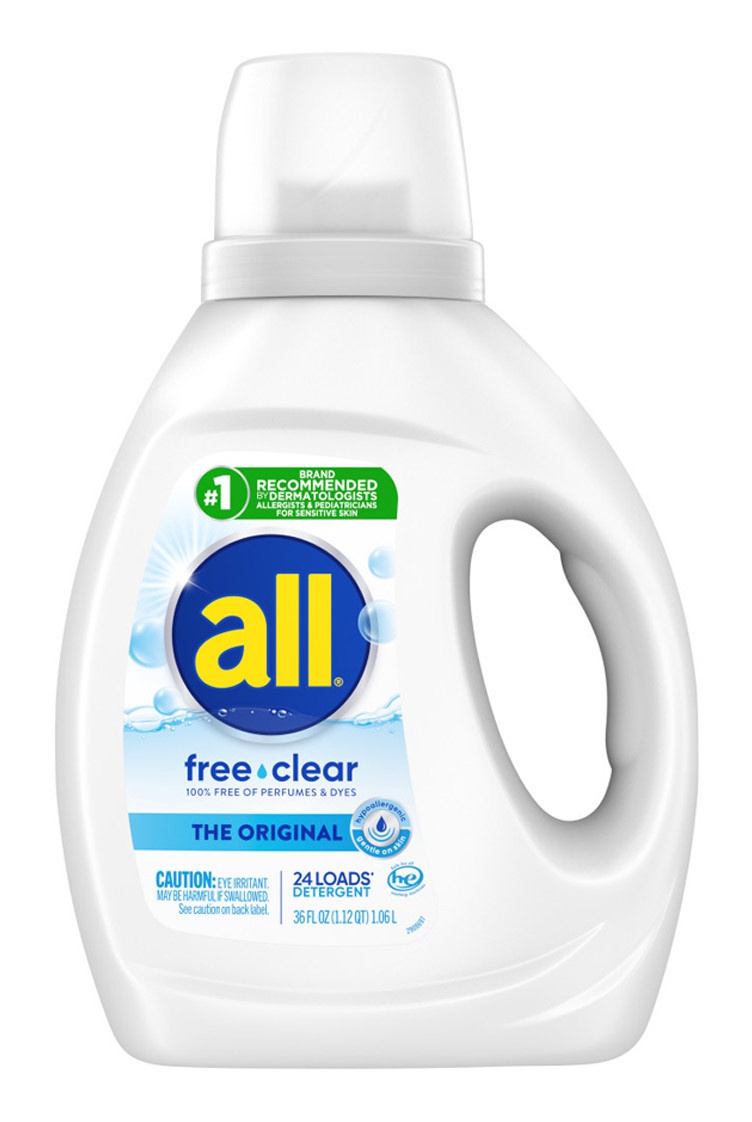
All Free and Clear, a popular laundry detergent marketed towards individuals with sensitive skin and allergies, has gained considerable attention for its purported gentleness. But what exactly is in this seemingly simple formula? A closer look at the ingredients reveals a complex mix of surfactants, stabilizers, and cleaning agents, prompting both consumer interest and scrutiny.
Understanding the composition of All Free and Clear is crucial for consumers making informed choices about their laundry products, especially those with skin sensitivities, allergies, or concerns about environmental impact. This article delves into the specific ingredients found in All Free and Clear, examining their roles and potential effects.
Key Ingredients and Their Functions
At its core, All Free and Clear, like most laundry detergents, relies on surfactants to lift dirt and stains from fabrics. These surfactants reduce the surface tension of water, allowing it to penetrate fabrics more effectively and emulsify oily soils.
Common surfactants found in All Free and Clear include anionic surfactants, such as sodium lauryl sulfate (SLS) or sodium laureth sulfate (SLES), though the specific formulation can vary. Nonionic surfactants are also generally included to provide a broader range of cleaning effectiveness across different types of soils.
Beyond surfactants, All Free and Clear contains builders that enhance the cleaning power of the surfactants. These builders help to soften the water and prevent minerals from interfering with the detergent's performance.
Enzymes are another key component, acting as specialized catalysts to break down specific types of stains. Proteases target protein-based stains like blood and grass, while amylases tackle starch-based stains like food spills.
To maintain the detergent's stability and effectiveness, All Free and Clear also includes stabilizers and preservatives. These ingredients help to prevent the separation of ingredients and inhibit the growth of bacteria or mold.
The defining characteristic of All Free and Clear is the absence of certain ingredients commonly found in other detergents. Specifically, it is formulated without dyes, perfumes, and certain preservatives that are known to cause skin irritation in some individuals.
Potential Benefits and Concerns
The "free and clear" formulation of All Free and Clear offers potential benefits for individuals with sensitive skin, allergies, or chemical sensitivities. By eliminating common irritants like dyes and perfumes, it can reduce the risk of allergic reactions and skin irritation.
However, even with its hypoallergenic claims, some individuals may still experience sensitivities to other ingredients in the formula. It is important to review the full ingredient list and perform a patch test if you have concerns.
Concerns have also been raised about the environmental impact of some of the ingredients used in All Free and Clear, as well as the environmental impact of laundry detergents in general. Some surfactants, for example, may not be readily biodegradable and can persist in the environment.
The specific environmental impact depends on factors such as the concentration of the detergent used, the efficiency of wastewater treatment processes, and the sensitivity of the local ecosystem. Consumers seeking environmentally friendly options may consider alternatives with plant-based surfactants and biodegradable formulas.
Transparency and Consumer Information
Understanding the ingredients in laundry detergents can be challenging due to complex chemical names and a lack of readily available information. However, manufacturers like Unilever, the maker of All Free and Clear, are increasingly providing more detailed ingredient lists on their websites and product packaging.
Consumers can also consult resources such as the Environmental Working Group's (EWG) Skin Deep database, which rates personal care products and household cleaners based on their ingredient safety. This database provides information on potential health hazards associated with specific ingredients.
The demand for greater transparency in ingredient labeling is growing, driven by consumer concerns about health and environmental impact. This pressure is pushing manufacturers to provide more complete and accurate information about the products they sell.
While All Free and Clear aims to cater to a specific demographic, understanding the complete picture of what's inside is essential. Making informed decisions about laundry detergents requires careful consideration of both personal sensitivities and broader environmental concerns.
The Role of Marketing Claims
Marketing claims such as "hypoallergenic" and "dermatologist-tested" can influence consumer perceptions of All Free and Clear. While these claims may suggest a reduced risk of allergic reactions, they do not guarantee that the product will be suitable for everyone.
It's crucial to remember that regulations surrounding these claims can vary, and the criteria used to substantiate them may not always be consistent. Consumers should interpret marketing claims with caution and rely on their own research and experiences.
Ultimately, the best approach is to examine the ingredient list, understand the potential effects of each ingredient, and choose a laundry detergent that aligns with your individual needs and preferences.
The ongoing dialogue surrounding ingredient transparency, environmental impact, and marketing claims is driving innovation in the laundry detergent industry. As consumers become more informed and demanding, manufacturers are responding with formulations that are both effective and gentle on the skin and the environment.



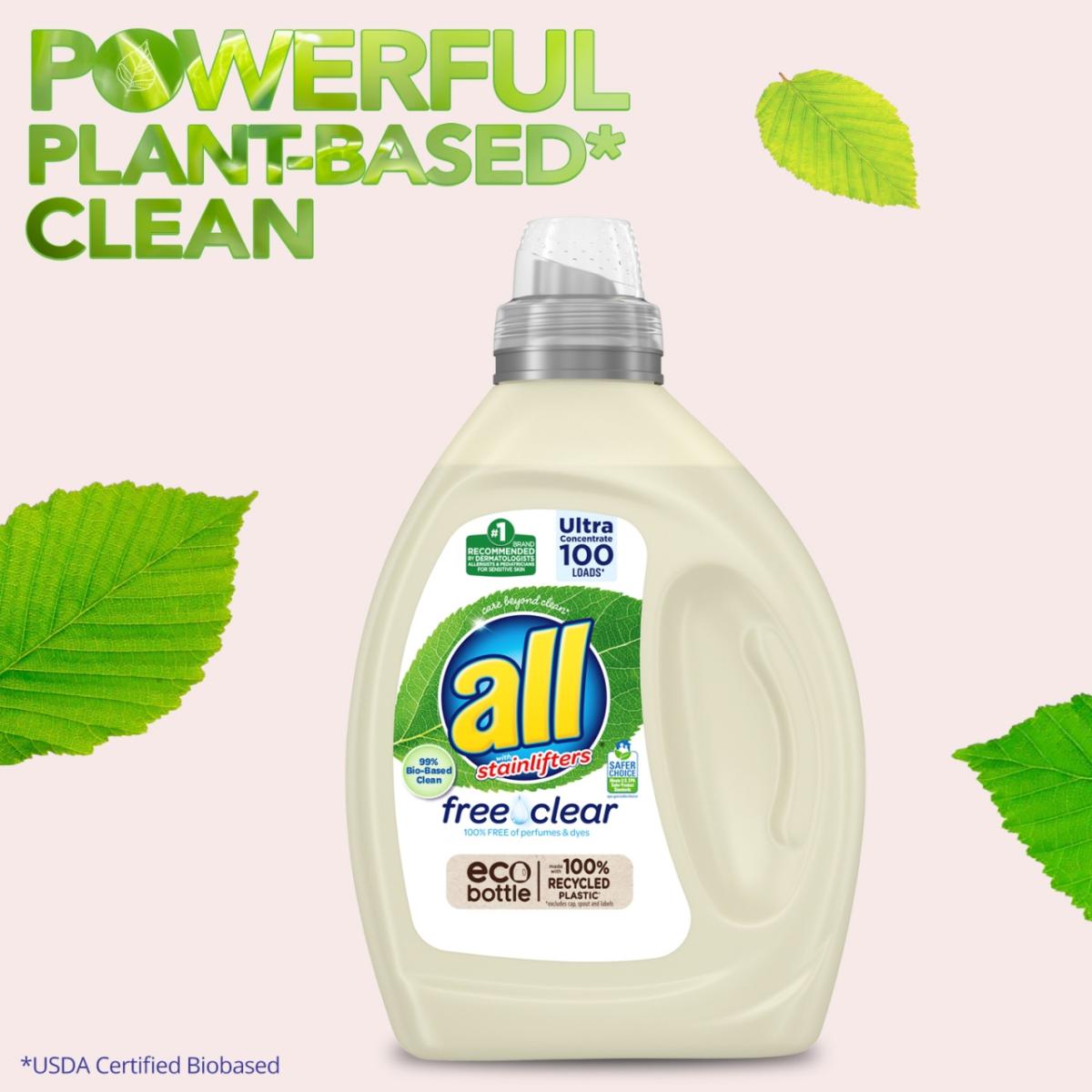

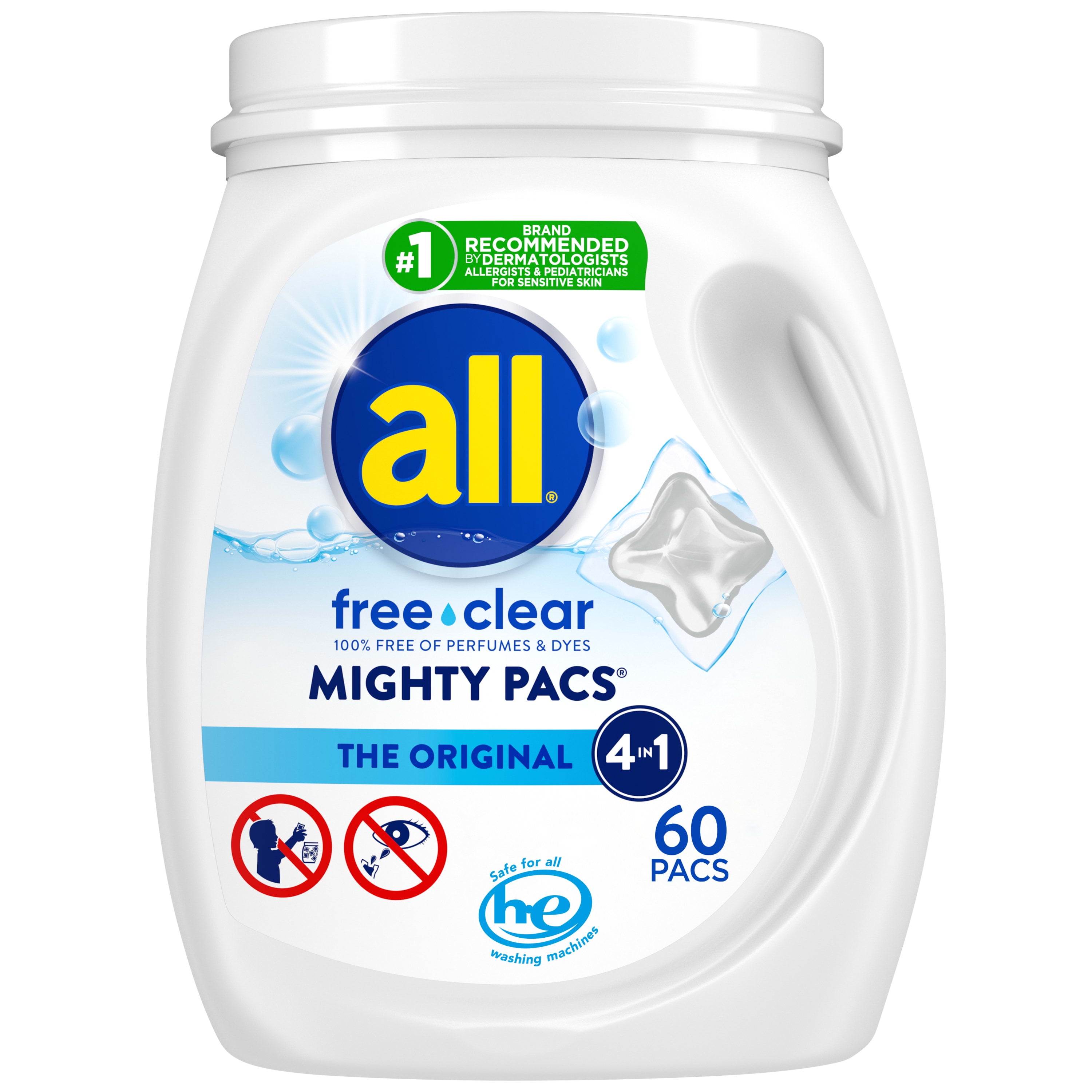





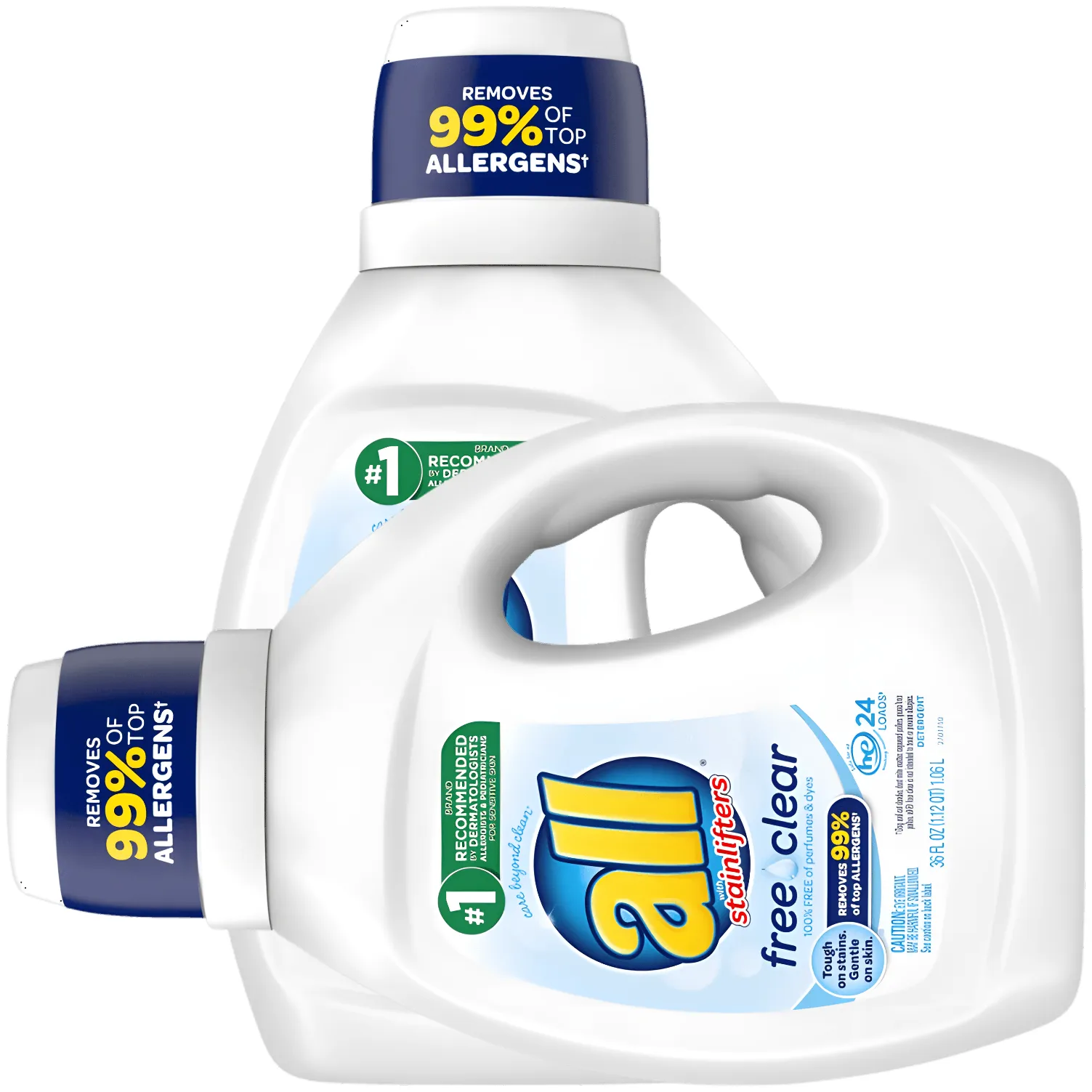



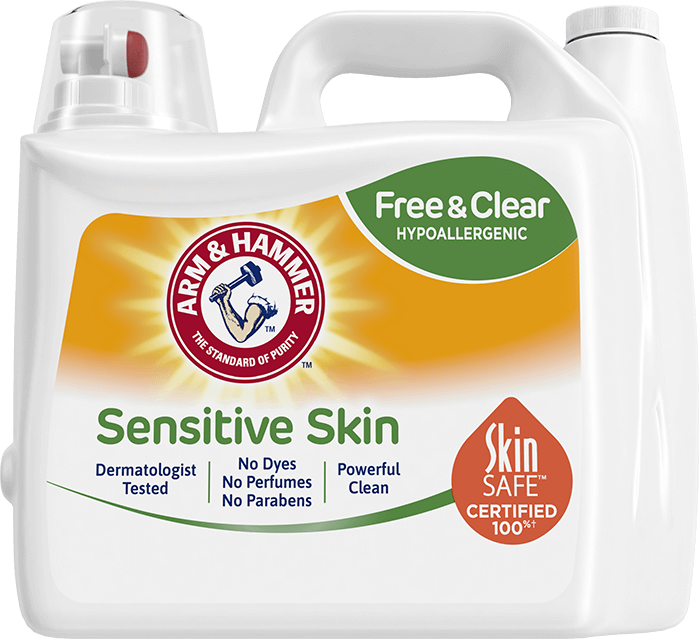

:max_bytes(150000):strip_icc()/all-mighty-pacs-with-stainlifters-free-clear-laundry-detergent-free-clear-for-sensitive-skin-66-count---pack-of-2-83828802dbfc48dbabca896d763011e3.jpg)
